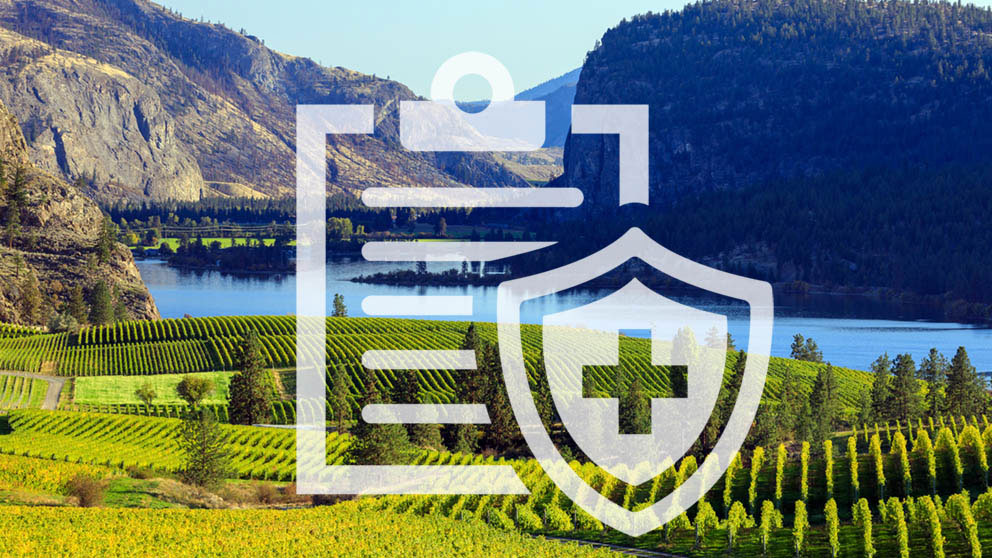Basis price, futures and your bottom line

Here is a brief primer to get you started on how to market, when to hold and when to sell.
Commodity markets are variable and often unpredictable – and touch most in agriculture. One of the best ways to manage the uncertainty is with education – learning market language and some of the implications of the terms.
Here is a brief primer to get you started on how to market, when to hold and when to sell.
What is basis?
Simply put, it’s the price your local elevator sets for a commodity, minus a futures market price.
The futures price is set as a benchmark and a local buyer quoting a differential is the basis that sets the price you will ultimately receive.
So, your net cash price is the sum of the futures price and basis price.
The basis typically increases when more farmers are looking to sell a commodity or supply is heavy. A stronger basis price suggests it may be advantageous to sell and that local supply is not as plentiful. A weaker basis price may indicate an oversupply of a commodity in your trading area.
What influences basis?
Two primary factors influence basis price:
Basis in space, or transportation costs
Basis in time, which is your carrying costs
Basis in space is the distance of delivery to your local elevator where you plan to deliver your commodity. Basis in time relates to when you may deliver and what it will cost you to hold onto the commodity for a period.
Whatever selling price is available that will add the most to your net price to your bottom line is how you can determine a favourable basis.
However, you must factor in potential costs related to both storage and interest if you delay selling because of a preferred selling price.
Understanding options
There are two types of options for futures contracts:
Options to buy (call options)
Options to sell (put options)
They provide a farmer a right, not an obligation, to call or put a contract within a specified period. Call options are exercised when the buyer stands to save a sum of money, meaning the market has appreciated since the initial deal was struck.
Put options are best exercised when it becomes a smart play to sell as the market conditions have dipped.
When to call and when to put?
You call when the market price of whatever you may be looking to purchase — perhaps a farm — goes over and above what your initial option price was. In certain cases, the savings can be substantial. Call options are enacted when it is beneficial to buy.
Put options, or the right to sell, are best exercised when markets fluctuate lower than expected on whatever you are trying to sell. A pre-determined right to sell to a buyer at an agreed-upon price, or strike price, is beneficial as you do not lose a lot of money despite the market conditions having changed.
Similarly, if the market begins to trend upwards, over and above your initial set price, you can walk away from what is now a lower price put option and sell at a higher open market price.
Farm example
For simple numbers, suppose a grain farm in your area comes up for sale for $1 million. You offer a call option to the selling farmer of $1 million plus $50,000 over and above the price for the right, and not the obligation, to purchase at that price anytime during the next three months.
Six weeks later, supply chain issues caused a market disruption, and now that same grain farm is worth an estimated $1.7 million. However, you still have the option to call at $1 million, which is advantageous, and you would make the call to purchase at the $1 million price.
Let’s say you are the owner of the $1 million grain farm when the market experiences a big drop, and the valuation sinks to $480,000. A put option here is critical. You can choose to sell or put at $1 million with your buyer because of the initial agreement. This is advantageous because you have locked in a price that does not change because of market fluctuations for a specified period.
Wrap-up
Commodity marketing takes practice and the knowledge of experts when any significant value is involved. However, begin reading about commodity markets, find a mentor and start trading small amounts to get a feel for the market before venturing in to trade with larger values.

Buying farm insurance? Here are 6 things to consider.
